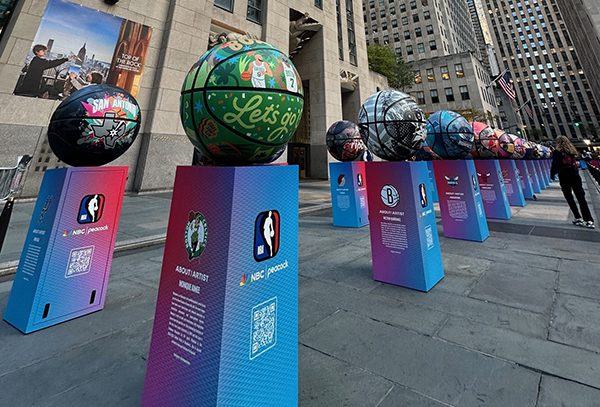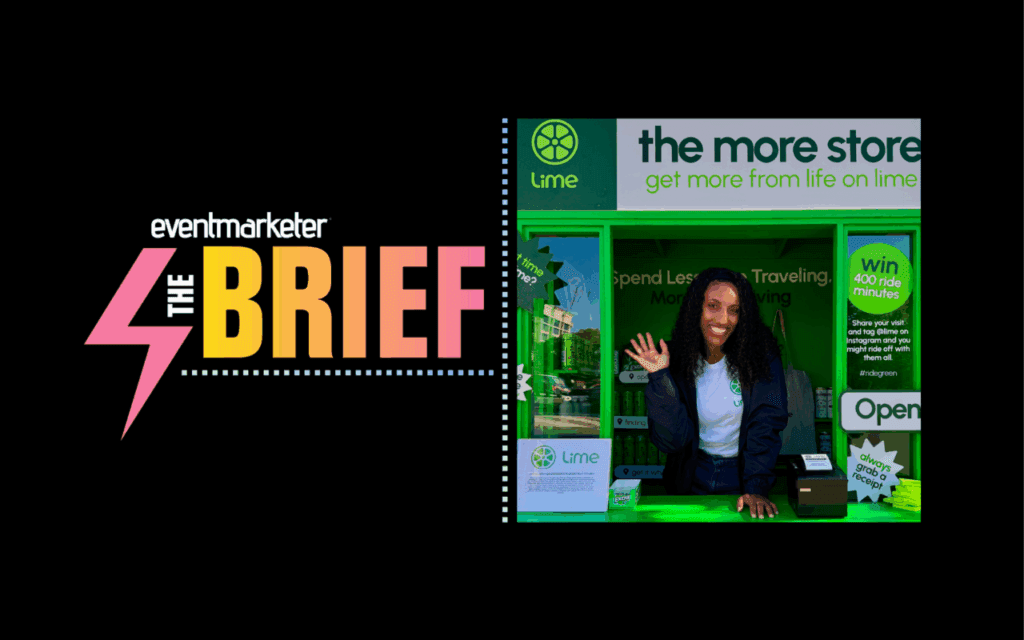Our monthly profile of an outstanding marketer whose leadership and campaigns are moving the needle for their brand.
—
With many Americans avoiding holiday travel this year amid restrictions caused by the pandemic, dreams of vacationing in a tropical paradise with a piña colada in hand will be in full effect. And that’s precisely where Bruno Mars-owned SelvaRey Rum aims to position itself. After years of planning and creative direction from Mars himself, a packaging and visual rebrand, anchored by the tagline “Tropical luxury, wherever you are,” launched in November.
We spoke with SelvaRey’s newly minted CMO Brielle Caruso about the inspiration behind the rebrand, the importance of experiential, the state of diversity in the spirits industry and her journey to landing the role of CMO.

Chief Marketer: What are the goals of the SelvaRey rebrand?
Brielle Caruso: It’s a packaging and visual rebrand. The brand has been around for about seven years. Bruno was very busy this past decade. He won 10 Grammy awards, was on tour, Super Bowls, et cetera. So, he simply didn’t have time to think about the rebranding until the last few years… Bruno’s attention to detail is immaculate. It truly was a pleasure to see his vision come to life.
His goal for this brand is not to just create a rum brand. It’s to create an experience—because right now that’s what consumers want. They’re not buying brands for the product necessarily. They’re buying it for what it gives them beyond the product. And that’s where “Tropical luxury, wherever you are,” came to life.
CM: Talk about the inspiration behind the new look.
BC: Bruno is from Hawaii. His father is from Puerto Rico and his mother is from the Philippines. So, he’s always grown up in the tropics, the warmer weather, the rum areas of the world. He says that the rums out there don’t feel like what he knows rum to be. It became a college student, spring break, cheap rum punch, “get drunk fast and get sick” [experience]. He wants to change that, because rum is a beautiful drink that is enjoyed all around the world in a very sophisticated way. He wants to remind people what the spirit was meant to be—not what it’s currently known for.
CM: How are you positioning SelvaRey apart from its competitors?
BC: The liquid in our bottle has been mastered over time. We’re trying to make sure that the quality is the best rum you can drink, so that when you mix it it can hold up to anything. Our goal also is to make sure that the rum stands up in basic cocktails—your classic highball cocktail mixed with one other ingredient. It can be mixed in classic rum cocktails and also the mixology-level cocktails where you have complicated ingredients. We have four expressions coming out: Aged, coconut, chocolate and white rum. How can you actually pair that with food? People are doing that with their cocktails, so why not rum as well?
The spirits market is crowded and confusing. And right now, there’s COVID. The way we are launching is slow and steady. For us, it’s about keeping it simple, making sure our messages are on target. You’re reaching out to the right people, getting the right press so that people are seeing it and they feel there’s credibility behind it, making sure the right influencers get it and making sure the trade understands it. And within all of this, it’s making sure that there’s an educational aspect about rum. Surprisingly, people still don’t know what rum is. They know the Bacardi’s of the world. Bacardi has done a great job with that, but that’s not what we want to be.
That’s how we’re going to set ourselves apart. Our price point starts at $29.99 for the white rum, so it’s not breaking the bank. People will spend a little more if they know that one, there’s quality, but two, that there’s something behind it. And the packaging is beautiful. When you see the bottle on the shelf next to all the other rum bottles out there, it stands out automatically. There are a lot of opportunities with packaging and gifting ideas.
CM: Bruno Mars was very involved in the rebrand. Tell us about the role he played.
BC: He gave so much attention to detail—everything from the sticker on the bottle, to the type of cork, to the shape of the bottle and where everything was placed. He went through rounds and rounds. It’s similar to [his process with] music. He says sometimes a song takes years. Sometimes you’re riffing on something and it’s just not working, but you know something’s there and you keep on going. And then you shelve it and you try something else, and then something inspires you. He only releases things when they’re right, so he wasn’t prepared to release it until he felt confident with it.
Bruno is behind all of the ideation of how to bring it to life. Music will become our platform, naturally, because of him. You won’t see that until Q2 or Q3 when we launch the coconut [flavor] and build it out more. We need to be aware of COVID and what that looks like and be conscious of what we can and cannot do in a responsible way.
CM: How will the launch play out over next year?
BC: We’re doing it in three phases between now and 2021. Phase one is November to January, and that’s all about awareness. Then in January we start our distributor meetings. In August we’re going to announce partnerships with other brands, whether it be a lifestyle brand or a non-alcoholic brand, and that will help us increase awareness and promote consumption. We’ll see more amplification with Bruno. That will be the introduction of our coconut rum, and there will be a big marketing spend behind that because that will take us into the summer months. Then at the end of the year, if COVID does get better, we’re going to culminate with a big event and wrap up the year.
CM: Talk about how you plan to integrate music into the roll-out.
BC: We want to make sure that Bruno’s music comes into play—and that’s by creating experiences, whether it’s a virtual experience or a live experience. For instance, we’re working on an influencer gifting kit. We want to make it a theatrical experience so that when they open up the box they think, “tropical luxury just hit my house.” Music will be a part of that. Certain musical platforms might help us create a playlist. Or if Bruno is doing an album release, maybe a song will be surrounded by or supported by SelvaRey.
View this post on Instagram
CM: How has the pandemic influenced the timing or marketing of this?
BC: We talked a lot about the appropriate timing—and we realized that COVID is not going away. Also, consumers tell you what they want. On Instagram people are posting pictures of beaches or fondly remembering their vacations. We realized that the timing is perfect because we’re all cooped up. So, this is a little piece of heaven, of a vacation, that you can get when you open that bottle.
And it is an attainable luxury. We’re noticing an uptick in what people are purchasing because when they’re at home they want to drink decent liquor and enjoy the cocktails. We’re talking to our global brand ambassador, an authority in the trade world, on how can we educate people on rum. We’ll be doing that with an IG Stories series that will kick off in the new year.
CM: Switching gears a bit… what are the major trends that marketers should be paying attention to right now?
BC: Two things. Social, because everybody’s on it. It’s making sure the cadence and the content of whatever you’re posting is relevant to people and stays on brand. Because once we go back to “normal,” we’re going to see the brands that [consumers] want to stick with and the ones without relevance.
The second thing is experiential. As we were going into lockdown, [people said] that experiential was dead. But it’s not over. It was a beautiful opportunity to rethink it, because experiential is not just events. It’s an experience. It’s touching all of your senses in some way, and that can be virtual as well. Look at what D-Nice did with his parties—and they were open to everyone. We were all forced to learn from this, but what brands are going to come out of this knowing how to do it virtually and knowing how to do it in person—and make sure that they are working together? That is going to be very important.
CM: You’ve remained in the spirits industry for your entire career, working with Moët Hennessy, Serrallés, Casamigos and others… And now you are the first female Asian-American CMO in the U.S. wine and spirits industry. What does that mean to you?
BC: It means the world to me. When I was a kid, I used to do commercials. I remember I was going forward to be on the cover of the Life cereal box. But I will never forget what the producer said to my mother: Your daughter has so much personality; she would really make it if she had blonde hair and blue eyes. At that moment, my heart sunk because I knew I didn’t get the Life cereal box, but also this little fire in me went off. Why would that stop me? From that moment on, [I thought], I’m going to change the world.
I’m proud of it, because women—more than ever—need to know that every opportunity is theirs. This specifically goes for Asian-American women in wine and spirits. There are few in leadership positions and I hope this has opened the door for more amazing talent to break through. My advice is that you must have the guts and go for it. I wouldn’t have gotten where I am if I didn’t network and countless people had not helped me along the way. My mom, dad and husband are also my biggest fans and have supported me through every phase. In order to live the dream, you have to be prepared and put in the work. There are no success stories that are overnight. You’ve got to grind, hustle but always remain humble. When you wholeheartedly commit to something, results will come.
CM: Do you have any hopes for the industry in terms of making progress with diversity and inclusion?
BC: Yes, I do. I’m seeing big companies, especially after this turbulent year, starting a diversity and inclusion department if they haven’t already or getting somebody to head it. That is a start. I see a lot of companies also working with firms that know how to recruit amazing diverse talent. It’s on people’s radar. Now the question is, what are you going to do with it? What plans are you going to put in place to make sure it lasts, and you’re not just checking a box? That is the important next step. More and more women will reach leadership positions. They slowly are and it’s only going to get better over time. We’ll see other women breaking that glass ceiling… or bamboo ceiling, in my case.

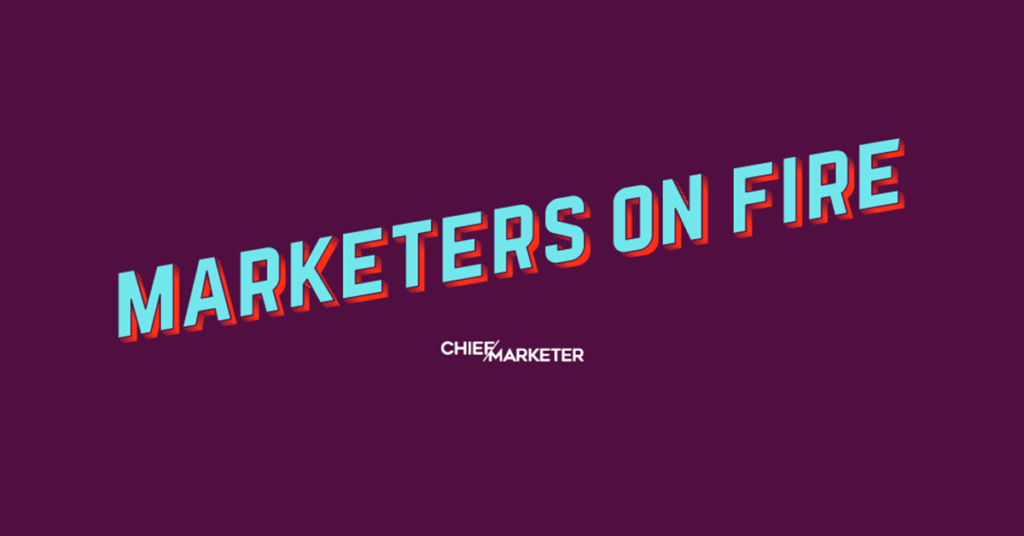
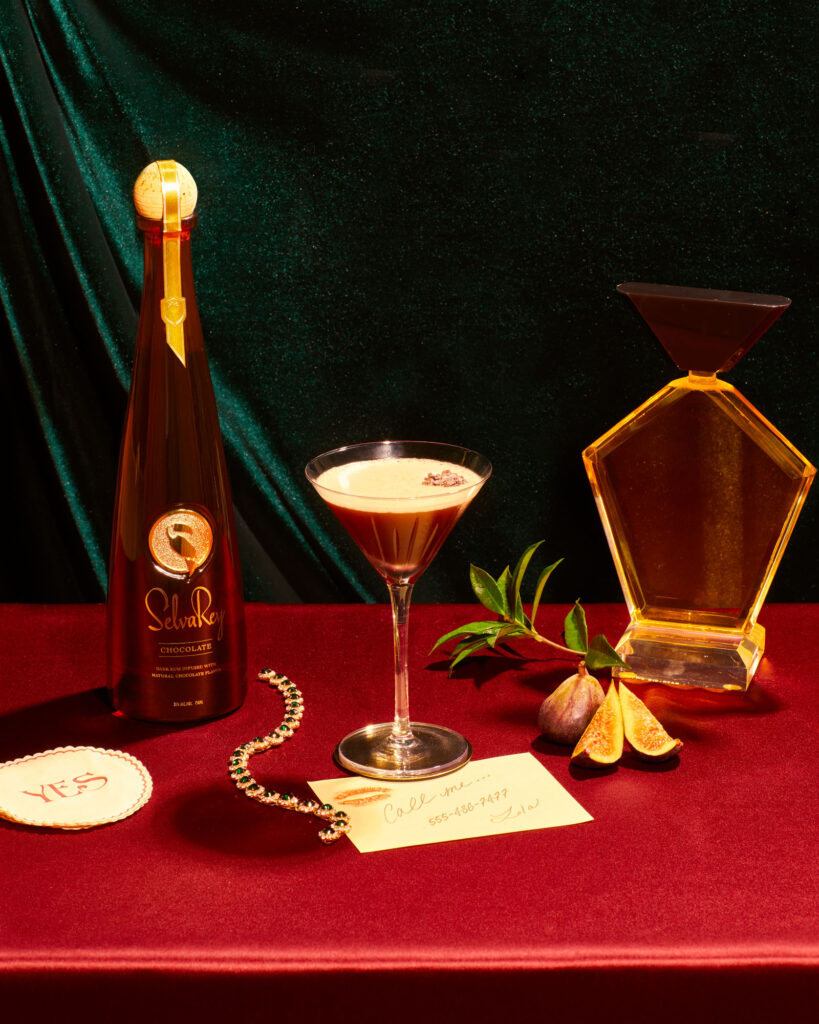
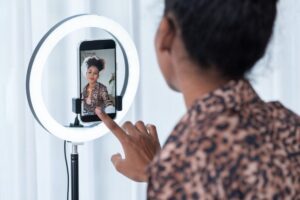
 Network
Network